To be situated: understanding the Finite Element Method
How to certify that the material used in the airplane wing was chosen with the essential properties for flight?
How to guarantee that the steel structure of a building is adequate to all the conditions this one will be submitted?
Looking around, there is an awareness of the use of different material in diverses circumstances and the perception of constant interaction with them. To be able to anticipate the behavior of these materials under varying conditions is one of the industry’s greatest interests.
The Finite Element Method (FEM), is widely used in computational simulations to make predictions, analyzing if the product was well designed from its model.Its application spares several hours of engineering professionals, who would carry out the entire study manually. This way, time, personnel and even financial resources are saved, making projects even more viable.
What is the Finite Element Method (FEM)?
Attempting to predict material behaviors, given the complexity of reality, it is necessary to simplify it to a model for simulations. Translating this model numerically, makes possible to use methods such as the Finite Element.
The FEM “discretizes the continuum ”. From this perspective, it simplifies and makes it feasible to calculate complex engineering structures such as: conveyors, yard machines, industrial buildings.
Simulating a solid and anticipating its behavior can be a difficult activity with all the variety of factors that reality imposes. However, with the finite element method in simulators, it is possible to see this complex solid in “small parts” – finite elements. Therefore, it is possible to properly calculate and generate simulations for the smaller parts and then expand it to the solid as a whole.
How does FEM work in practice?
The analysis by Finite Element Methods is realized using softwares such as: NASTRAN, SolidWorks, ANSYS e PROCAL3D ( being the latter developed by KOT itself for bar element simulations).
For the software simulation, the solid inserted has its “infinites” points “broken” into other smaller geometrical parts (such as triangles, hexahedron, tetrahedron), facilitating calculations that predict behavior of solid materials under different conditions.
In simple terms, Imagine that the behavior of the solid in Figure- 1 on the left, needs to be completely understood under certain conditions. When inserting it on softwares and applying the finite element method (FEM), it will be broken into smaller and known geometries, Figure- 1 on the right. The software calculates the behavior of each element / “geometry” individually, then combines each result in a “mesh” to have the complete analysis of the behavior from the total solid.
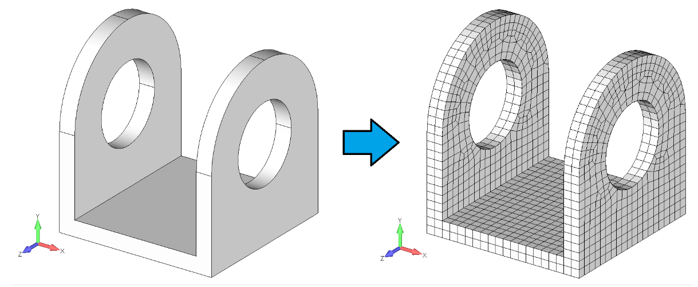
It is important to emphasize that the quality of the results of an analysis made with the finite element method in a simulator also depends on the assertiveness in the established boundary conditions. Therefore, the theoretical basic knowledge of a professional who is simulating is extremely important.
An even more relevant point: there is no point in generating simulations if there is no correct interpretation of the information generated. Thus, having specific knowledge, such as the strength of materials is, again, essential!
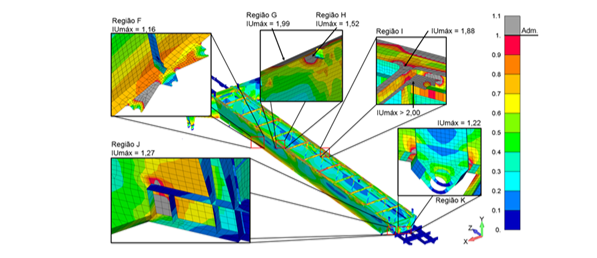
How can KOT help with FEM application?
This is an introductory article aiming to simplify and bring practical examples of MEF. Undoubtedly, softwares technologies have presented great development over the last decades. However, for efficient use of these tools it is necessary to have in mind the importance for the responsible engineer to domain the concepts of resistance of materials.
One of KOT Engineering specialties is Finite Element Method Analysis, and KOT Engineering can be your partner in the application of DEM simulations, with the confidence, and practical experience in real complex cases that a referenced company requests.
KOT stands out in the national and international market offering high-level engineering services for large companies.
Get in touch with KOT’s specialists team!

Rafael Brasil
Mechanical / Aeronautical Engineer from UFMG and post-graduated in Structural Engineering from the same university. He had the opportunity to work at the European Aeronautic Defense and Space Company (EADS), in Germany. He is currently Development Director at KOT Engenharia, leading dozens of projects related to the Structural Integrity of assets and equipments.
References:
[1] KOT Engenharia. 2020. Análise por elementos finitos. Available at: <https://www.kotengenharia.com.br/analise-por-elementos-finitos>. (Accessed: 04 of October of 2020).
[2] Micro RIio. 2019. O que é uma análise por elementos finitos. Available at: <https://www.microrio.com.br/analise-por-elementos-finitos.html>. (Accessed: 06 of October of 2020).
[3] Clube do projetista. 2020. Método dos elementos finitos. Available at: <https://clubedoprojetista.com.br/metodo-dos-elementos-finitos/>. (Accessed: 06 of October of 2020).


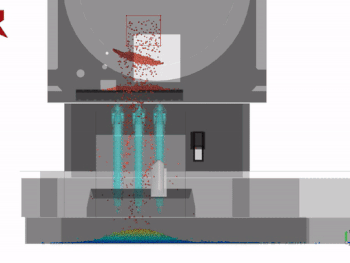
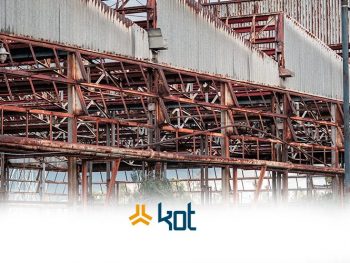
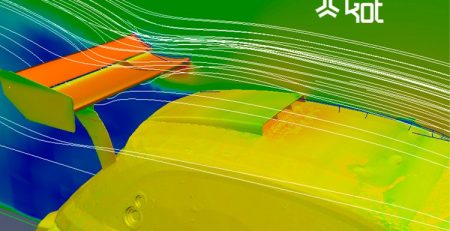
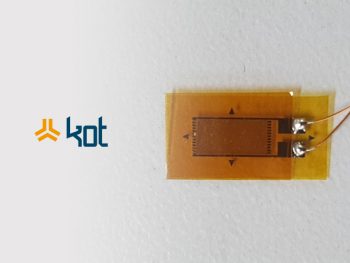
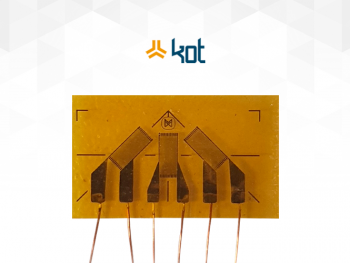
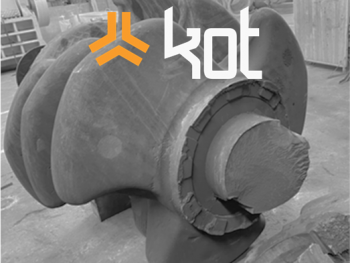
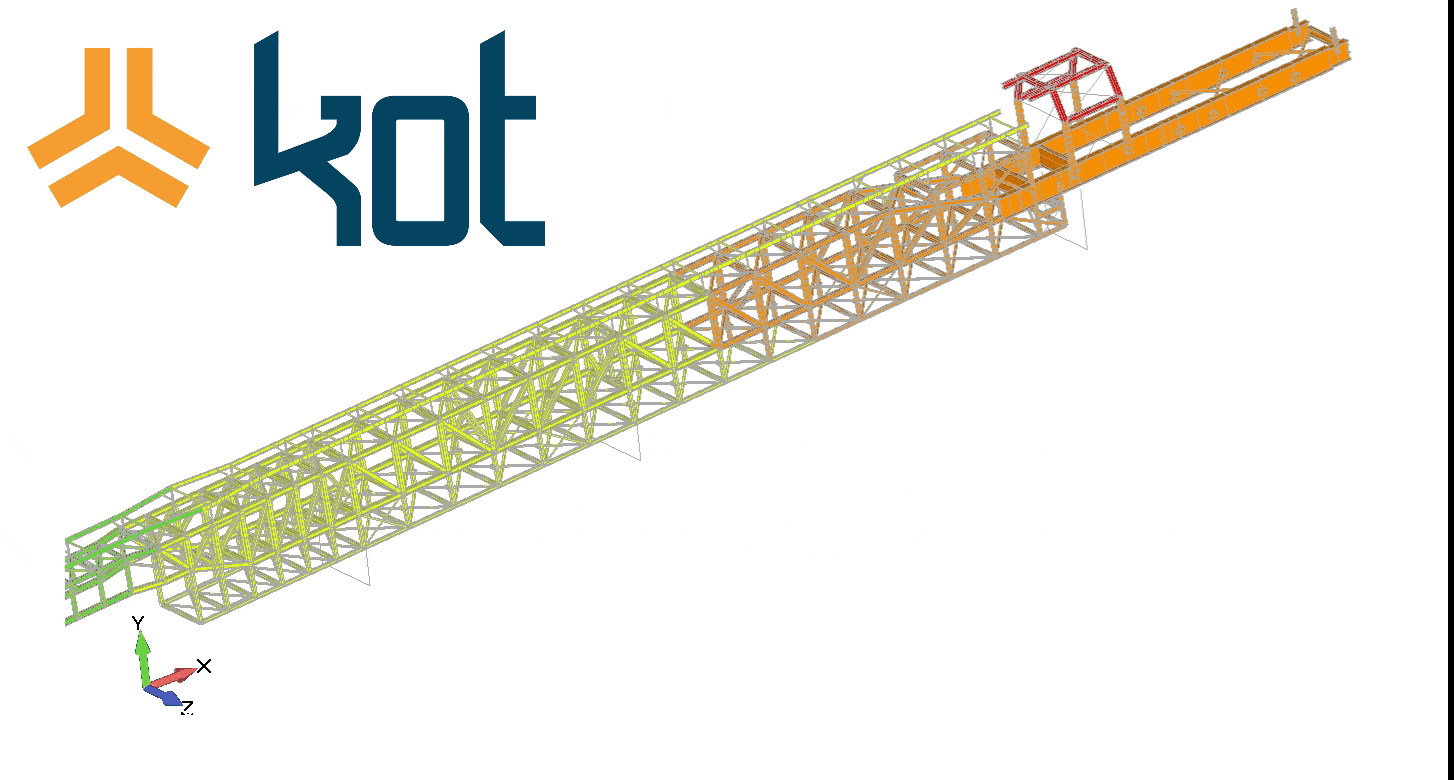

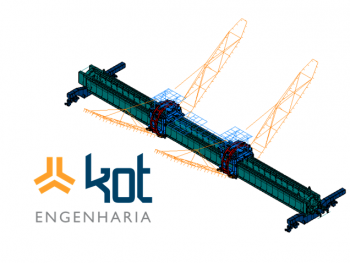

Leave a Reply